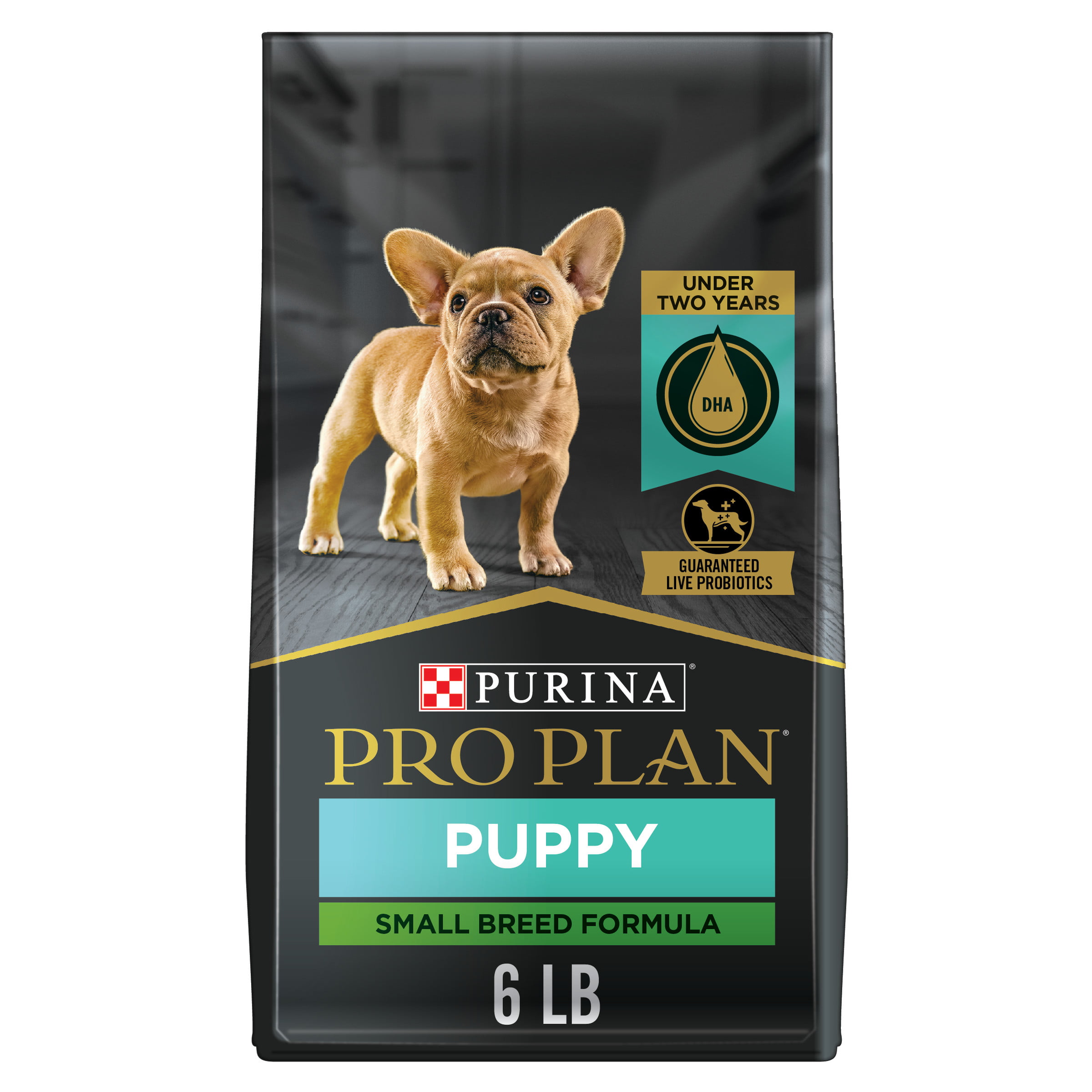
The Cornerstone of Growth: Dog Food for Large Breed Puppies with DHA
Bringing a large breed puppy into your life is an exciting journey. These gentle giants require specialized care, especially when it comes to nutrition. Selecting the right dog food is paramount to ensure they grow into healthy, robust adults. One critical component to look for is DHA (docosahexaenoic acid), an omega-3 fatty acid vital for brain and eye development.
Why Large Breed Puppies Need Specialized Nutrition
Large breed puppies have unique growth patterns compared to their smaller counterparts. Their rapid growth places significant demands on their bodies, and improper nutrition can lead to skeletal problems, joint issues, and other health complications.
- Rapid Growth: Large breed puppies grow at an accelerated rate, putting them at risk for developmental orthopedic diseases (DOD) like hip dysplasia and osteochondrosis.
- Calorie Control: Overfeeding can lead to rapid weight gain, stressing their developing joints. Calorie-controlled formulas are crucial.
- Calcium and Phosphorus Balance: The proper ratio of calcium and phosphorus is essential for healthy bone development. An imbalance can contribute to DOD.
- Joint Support: Ingredients like glucosamine and chondroitin can help support joint health during this critical growth phase.
The Power of DHA: Fueling Brain and Eye Development
DHA is an omega-3 fatty acid that plays a critical role in brain and eye development in puppies. It’s a building block of the brain and retina, supporting cognitive function and visual acuity.
- Brain Development: DHA supports the formation of neural connections, enhancing learning, memory, and overall cognitive function.
- Vision Development: DHA is a key component of the retina, contributing to sharp vision and visual processing.
- Cognitive Benefits: Studies have shown that puppies fed diets rich in DHA may exhibit improved trainability and problem-solving skills.
- Overall Health: DHA also has anti-inflammatory properties that can support overall health and well-being.
Key Considerations When Choosing a Large Breed Puppy Food with DHA
Navigating the world of dog food can be overwhelming. Here’s a breakdown of essential factors to consider when selecting a large breed puppy food with DHA:
-
AAFCO Statement:
- Look for a statement from the Association of American Feed Control Officials (AAFCO) that the food is "complete and balanced" for the growth of large breed puppies.
- This ensures the food meets the nutritional requirements established by AAFCO.
-
Protein Source:
- Choose a food that lists a high-quality animal protein source as the first ingredient (e.g., chicken, lamb, beef).
- Protein is essential for muscle development and overall growth.
-
DHA Source:
- Identify the source of DHA in the ingredient list. Common sources include fish oil, algal oil, and flaxseed.
- Fish oil and algal oil are considered superior sources of DHA because they contain the direct form of DHA, which is more readily utilized by the body.
-
Calcium and Phosphorus Levels:
- Ensure the food has appropriate calcium and phosphorus levels, typically between 1.0% and 1.5% for calcium and 0.8% and 1.2% for phosphorus.
- The calcium-to-phosphorus ratio should be between 1:1 and 2:1.
-
Calorie Content:
- Select a food with a moderate calorie content to prevent rapid weight gain.
- Consult your veterinarian for guidance on the appropriate calorie intake for your puppy.
-
Joint Support Ingredients:
- Look for ingredients like glucosamine and chondroitin, which can help support joint health.
- These ingredients may help protect cartilage and reduce inflammation in the joints.
-
Limited Fillers:
- Avoid foods with excessive fillers like corn, wheat, and soy.
- These ingredients provide minimal nutritional value and can contribute to digestive issues.
-
Reputable Brand:
- Choose a reputable brand with a history of producing high-quality dog food.
- Research the brand’s manufacturing processes and ingredient sourcing practices.
Top Ingredients to Look For
- High-Quality Protein: Chicken, lamb, beef, fish
- DHA Sources: Fish oil, algal oil
- Complex Carbohydrates: Brown rice, oatmeal, barley
- Fiber: Beet pulp, pumpkin
- Joint Support: Glucosamine, chondroitin
- Vitamins and Minerals: A complete blend of essential vitamins and minerals
Ingredients to Avoid
- Excessive Fillers: Corn, wheat, soy
- Artificial Colors, Flavors, and Preservatives: BHA, BHT, ethoxyquin
- Meat By-Products: Unless specifically identified as a high-quality source
- Excessive Calcium: Can disrupt calcium-phosphorus balance
Feeding Guidelines: A General Approach
- Always follow the feeding guidelines provided by the dog food manufacturer.
- Divide the daily ration into multiple meals, especially for young puppies.
- Monitor your puppy’s weight and body condition regularly, and adjust the amount of food accordingly.
- Consult your veterinarian for personalized feeding recommendations based on your puppy’s individual needs.
Transitioning to a New Food
- When switching to a new food, gradually introduce it over a period of 7-10 days.
- Start by mixing a small amount of the new food with the old food, gradually increasing the proportion of the new food each day.
- This helps prevent digestive upset and allows your puppy to adjust to the new diet.
Consulting Your Veterinarian
- Your veterinarian is your best resource for personalized nutrition advice.
- They can assess your puppy’s individual needs and recommend the most appropriate food.
- Regular check-ups with your veterinarian are essential to monitor your puppy’s growth and development.
Conclusion: Investing in Your Puppy’s Future
Choosing the right dog food for your large breed puppy with DHA is an investment in their long-term health and well-being. By prioritizing quality ingredients, balanced nutrition, and appropriate feeding practices, you can help your puppy grow into a happy, healthy, and well-adjusted adult. Remember to consult your veterinarian for personalized recommendations and to monitor your puppy’s progress regularly.
